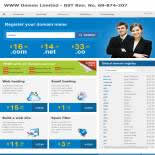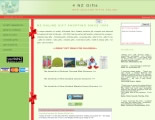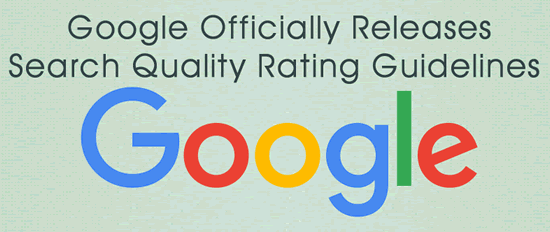How frequently a website should be updated depends on its purpose. However, all high quality websites are well cared for, maintained, and updated appropriately.
Google encourages the quality raters to poke around: links should work, images should load, content should be added and updated over time, etc.
A positive reputation
If a website has a bad reputation, this has a negative influence on the quality of the website. Google says that website raters should check user ratings, BBB ratings, news articles, Wikipedia articles, blog posts, magazine articles, forum discussions, and ratings from independent organizations to judge the reputation of a company.
The website should have a high level of expertise/authoritativeness/trustworthiness
High quality pages and websites need enough expertise to be authoritative and trustworthy on their topic. The term “expert” can be used for websites of all types, including gossip websites, fashion websites, humor websites, etc.
Google explicitly states that they also value “everyday expertise” that is based on life experience. A website should not be penalized for not having formal education or training.
The website should had a functional page design
Your website should be well-organized and have a functional overall layout. The main content should be prominently displayed and it should be clear what the main content is.
Ads and secondary content should not distract from the main content. It should be clear what parts of the page are ads, either by explicit labeling or simply by page organization or design.
What constitutes functional design for a shopping page may be very different from what constitutes functional design for an informational page. While it is important that a page is functional, it is not important that it is pretty.
The website should offer a satisfying amount of website information
Do not hide your contact information. Google wants to see ‘About Us’ information, contact or customer service information and, if necessary, information about who is responsible for the content and maintenance of the website.
It’s good if the website contains helpful supplementary content
Although a page can get the highest rating from Google if it has no supplementary content at all, that type of content can help improve the overall quality of a website.
For example, features designed to help shoppers find other products they might also like can be as helpful as the main content on the page. Helpful secondary content on a recipe page might be a feature to multiply or divide the recipe to make the right quantity of food for a given number of people. Helpful secondary content on a shopping page might be other popular makers or models of the same kind of product featured on the page.









